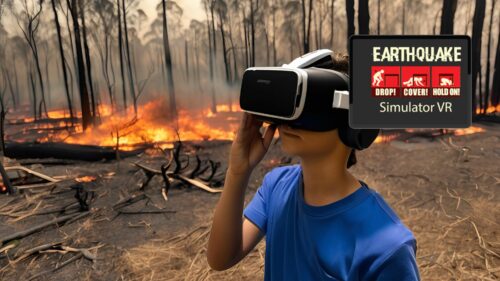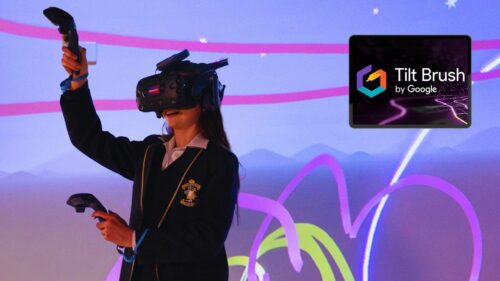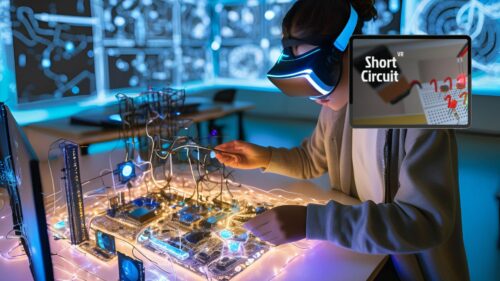Task Summary
When collecting data there are different representations we can have for them (e.g. using tables, graphs, etc.). This lesson will allow students to create data visualisations for location-based data.
Learn MorePreparation:
Students are expected to
- Have a basic understanding of measures of central tendency (e.g. mean, median, mode) and measures of spread (range, interquartile range, standard deviation).
- Have at least a basic CoSpaces account setup. To use Merge Cubes in CoSpaces, your class needs to have a Pro account and the Merge Cube add-on.
- Need to have an understanding of basic world-building using CoSpaces. If not, it is recommended to spend at least a 1×60 minute lesson to learn the basics. There are tutorials linked in the resources section.
Teachers should make sure that:
- Devices are charged (if using)
- Students are able to access YouTube videos.
- Presentation slide deck has been checked.
- A copy of the Student Digital Notebook has been distributed to students and they have downloaded/ made a copy for themselves.
Learning Sequence
Introduction
Select and show students different data visualisation methods below
- Hans Rosling’s 200 Countries, 200 Years, 4 Minutes – The Joy of Stats – BBC Four
- 21 Years of the NASDAQ in VR
Discussion
- Discuss with students the advantages or disadvantages of these methods of displaying data (compared to traditional methods such as tables, graphs, etc.).
- Students write down their responses on page 4 of the Student Digital Notebook Data Visualisation
Research
Students research topics to create a 3D population map, suggestions include:
- Population in each state
- Australian Bureau of Statistics Census data
- Average Income
- Education attainment
- Ethnic Origins
- Political Affiliation
Students answer the questions on pages 5-6 of the Student Digital Notebook Data Visualisation
Development
Create 3D population map in TinkerCAD by applying the following steps:
- Copy and TInker the “Australian States #Map”.
- Edit the height of each state according to the collected data
(Note: for scaling, it may be helpful to treat a height of “100.00” as 100% and scale the statistics in relation to this – e.g. 20% is 20.00, 50% is 50.00, etc.). - Export file as an “.OBJ” file
Cospaces
Students import OBJ file into Cospaces in order to view this data on a Merge Cube in Augmented Reality by following the steps below
- Select “Upload”
- Select “3D models”
- Navigate to the folder where your TinkerCAD “.OBJ” file was saved
- Drag the file into your Cospace once it has finished uploading
Conclusion
Ask students to reflect and share their data visualisations using CoSpaces EDU by sharing the link/ QR code. Students will be able to view each other’s creations in VR or AR by scanning each other’s QR codes.
Students complete the reflection sheet on page 8 of the Student Digital Notebook Data Visualisation.
See a completed version here.
Download the PDF for more information



